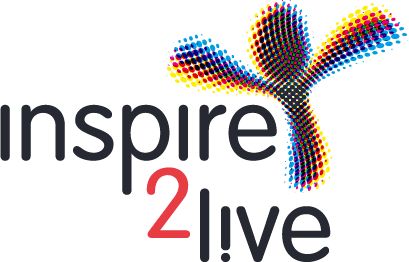Drug repositioning in oncology
Drug repositioning refers to the concept of discovering novel clinical benefits of drugs that are already known for their use treating other diseases. The advantages of this are that several important drug characteristics are already established, including efficacy, pharmacokinetics, pharmacodynamics and toxicity, making the process of research for a putative drug quicker and less costly. Drug repositioning in oncology has received extensive focus.
The process of drug discovery
In previous decades, a considerable amount of work has been conducted in search of novel oncological therapies; however, cancer remains one of the leading causes of death globally. The creation of novel drugs requires large volumes of capital, alongside extensive experimentation and testing, comprising the pioneer identification of identifiable targets and corroboration, the establishment of the lead compound, and subsequent studies into efficacy, pharmacokinetics and toxicity.
After this arduous process, a minimal number of possible oncology drugs reach clinical trials, a fraction that is considered to be ~5%. Then, if the three phases of clinical trials are successful, the new compound can be authorised for use in therapeutic settings. The traditional method of developing new anticancer drugs is a pervasive, stringent and expensive procedure.
It is estimated that the development time of a new drug from beginning to end is 11.4-13.5 years, and that the costs range between 161-1 800 million dollars per pharmaceutical product.
Moving on to drug repurposing
Despite the enormous quantities of money invested in drug discovery, the number of novel molecules introduced into the clinic has not increased significantly. An alternative method in drug development is the consideration of approved known molecules used in non-oncological situations. This strategy has previously been termed drug repositioning, drug repurposing, drug reprofiling, therapeutic switching or indication switching, of which, drug repositioning is the most frequently used.
The significant advantage of this strategy is that various characteristics of these drugs, such as their pharmacokinetics, pharmacodynamics and toxicity, are already well known in animals and humans. Due to the basis of repurposing, new candidates could be ready for clinical trials faster, and if successfully approved by regulatory authorities, their integration into medical practice could be more agile.
Repurposed drugs are generally approved quicker (3-12 years) and at a reduced cost (50-60% compared with novel compounds). Also, while ~10% of new drug applications gain market approval, ~30% of repurposed drugs are approved, giving companies a market-driven incentive to repurpose existing assets.
Research into repurposing drugs
Research into repurposing drugs in oncology has been growing in the past years. One example is the Repurposing Drugs in Oncology project, an international collaboration initiated by several researchers, clinicians and patient advocates working in the non-profit sector. At present, >270 drugs are being analysed for potential antitumour activity; of these, ~29% are on the World Health Organization Essential Medicines List . Furthermore, ~75% of these drugs are off-patent, and ~57% exhibited antitumour activity in human clinical trials.
Developing more effective cancer treatments requires not only the classical design of new molecules, but also intelligent searches for new antitumour medications by repurposing old drugs already approved for other uses. Such an approach has certain advantages; the development of a new drug is costly and timely, whereas drugs that are already approved have defined safety and pharmacological profiles.
A drug with a long clinical history in humans has properly defined pharmacokinetic and pharmaco-dynamics data, including target identification, toxicity profiles, recommended dosage schemes and the consistent recognition of adverse effects, often meaning that development for an oncological indication can begin at a later stage, such as phase IIA.
Furthermore, repositioned molecules are often approved quicker with reduced cost. However, there are some hurdles on the path, mainly the interests of companies and the costly remaining phases of the clinical trials prior to final approval. Although more research is needed, repositioning could pave the way for new, improved and more effective treatments for patients with cancer.
Drugs for repurposing
For reasons of space I will just name the most promising drugs for repurposing in oncology, leaving to the reader a further search in the novel information regarding the clinical trials currently being conducted. They are: Artesunate, Auranofin, Benzimidazole derivatives, Chloroquine, Chlorpromazine, Clomipramine, Desmopressin, Digoxin, Disulfiram, Doxycycline, Fenofibrate, HIV protease inhibitors, Itraconazole, Ivermectin, Leflunomide, Lithium, Metformin, Niclosamide, Nitroxoline, nonsteroidal anti-inflammatory drugs, Phosphodiesterase-5 inhibitors, Pimozide, Propranolol, Riluzole, statins, Thalidomide, Valproic acid, Verapamil and Zidovudine (AZT).
Daniel Gomez
Patient Advocate Inspire2Live

